
The Vibrant Heart of Heritage: Chinatown in George Town, Malaysia
Discover the timeless charm of Chinatown in George Town, Malaysia, where history, culture, and culinary delights come together in a lively and vibrant setting.
Step into the vibrant and bustling world of Chinatown in George Town, Malaysia. This historic neighbourhood is a treasure trove of cultural delights, offering tourists a unique blend of traditional Chinese heritage and modern attractions. As you walk through the narrow streets, you'll be greeted by the sight of beautifully preserved 19th-century shophouses, each with its own story to tell. The air is filled with the aroma of delicious street food, and the sounds of lively chatter and clinking teacups invite you to explore further. Chinatown is not just a feast for the senses; it's also a journey through time. The neighbourhood is home to numerous temples, clan houses, and heritage buildings that reflect the rich history of the Chinese community in George Town. Make sure to visit the iconic Khoo Kongsi, a grand clan house that showcases intricate architecture and elaborate carvings. Another must-see is the Cheong Fatt Tze Mansion, also known as the Blue Mansion, which offers guided tours that provide fascinating insights into the life of its famous owner and the history of the area. Shopping enthusiasts will find plenty to love in Chinatown, with its numerous markets and shops offering everything from traditional crafts and antiques to trendy boutiques and quirky souvenirs. When it comes to dining, you're spoilt for choice. Whether you're craving dim sum, want to try the famous Penang laksa, or are simply looking to enjoy a cup of traditional Chinese tea, Chinatown has something to satisfy every palate.
Local tips in Chinatown
- Visit in the early morning or late afternoon to avoid the heat and crowds.
- Wear comfortable walking shoes as you'll be exploring on foot.
- Carry some cash, as many street vendors and small shops do not accept credit cards.
- Try the street food but also visit some of the heritage restaurants for a more traditional dining experience.
- Take a guided tour of the heritage sites to fully appreciate their historical significance.
The Vibrant Heart of Heritage: Chinatown in George Town, Malaysia
Step into the vibrant and bustling world of Chinatown in George Town, Malaysia. This historic neighbourhood is a treasure trove of cultural delights, offering tourists a unique blend of traditional Chinese heritage and modern attractions. As you walk through the narrow streets, you'll be greeted by the sight of beautifully preserved 19th-century shophouses, each with its own story to tell. The air is filled with the aroma of delicious street food, and the sounds of lively chatter and clinking teacups invite you to explore further. Chinatown is not just a feast for the senses; it's also a journey through time. The neighbourhood is home to numerous temples, clan houses, and heritage buildings that reflect the rich history of the Chinese community in George Town. Make sure to visit the iconic Khoo Kongsi, a grand clan house that showcases intricate architecture and elaborate carvings. Another must-see is the Cheong Fatt Tze Mansion, also known as the Blue Mansion, which offers guided tours that provide fascinating insights into the life of its famous owner and the history of the area. Shopping enthusiasts will find plenty to love in Chinatown, with its numerous markets and shops offering everything from traditional crafts and antiques to trendy boutiques and quirky souvenirs. When it comes to dining, you're spoilt for choice. Whether you're craving dim sum, want to try the famous Penang laksa, or are simply looking to enjoy a cup of traditional Chinese tea, Chinatown has something to satisfy every palate.
Iconic landmarks you can’t miss
Queen Victoria Memorial Clock Tower
Explore the iconic Queen Victoria Memorial Clock Tower, a stunning historical landmark in George Town, Penang, reflecting colonial elegance and rich heritage.
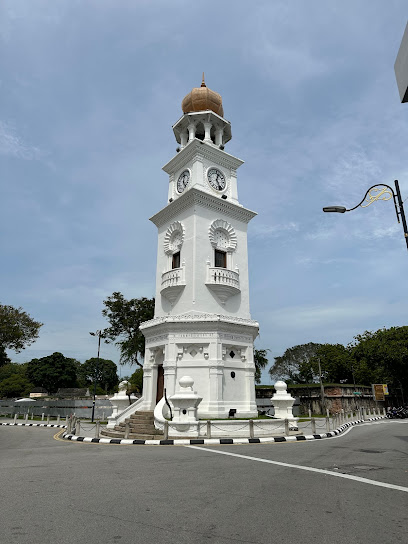
Chinatown Penang
Discover the vibrant culture and culinary delights of Chinatown Penang, a must-visit destination in Malaysia's historic George Town.

George Town Mansion
Immerse yourself in the cultural heritage of Malaysia at George Town Mansion, where history and architecture blend beautifully in Penang.

Campbell Street
Experience the vibrant heritage and culinary delights of Campbell Street, a historic gem in George Town, Penang.
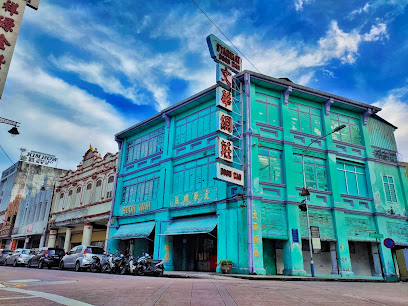
China Streetbn .baz.
Discover the vibrant culture, delicious street food, and rich heritage of China Street in George Town, a must-visit tourist attraction in Malaysia.
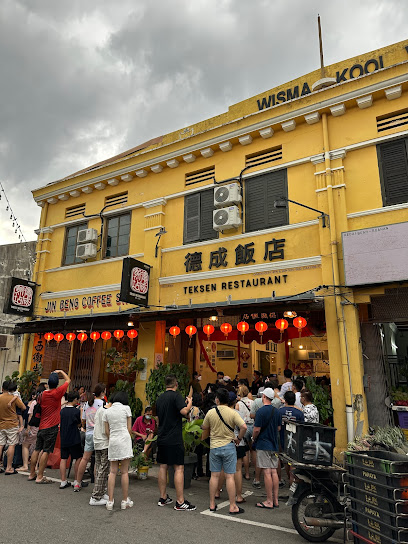
Street Art - Window Cat
Experience the whimsical charm of Window Cat street art in Georgetown, Penang—an iconic symbol of local creativity and cultural richness.
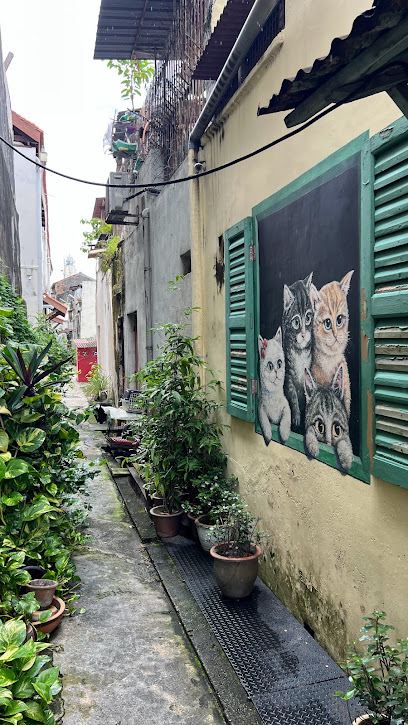
King Street (Heritage Building Area)
Explore King Street in George Town, a UNESCO World Heritage Site, filled with colonial architecture, vibrant culture, and delicious local cuisine.
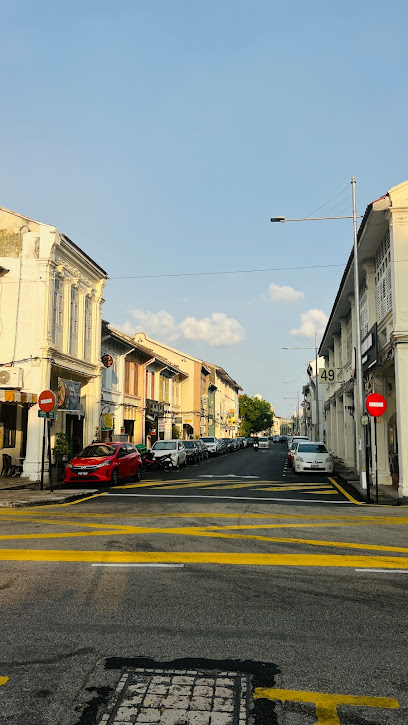
Georgetown Chambers
Explore Georgetown Chambers, an architectural gem in George Town, Penang, reflecting the rich cultural heritage and vibrant history of Malaysia.
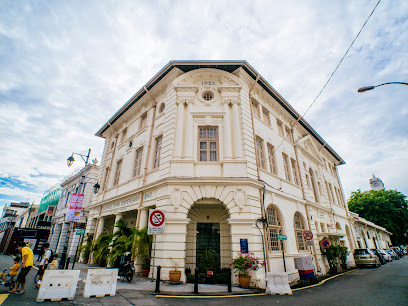
Lebuh Chulia street art
Explore the vibrant street art of Lebuh Chulia in George Town, Penang, a captivating blend of culture and creativity that enchants every visitor.
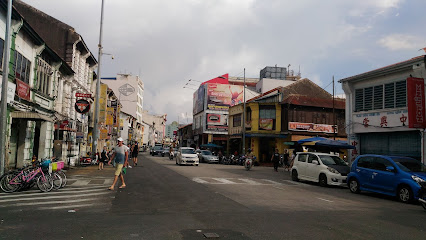
Penang Chinese Town Hall 1881
Discover the cultural heritage of Georgetown at the Penang Chinese Town Hall, an iconic structure reflecting the rich history of the Chinese community in Penang.

Unmissable attractions to see
Chinatown Penang
Discover the vibrant streets of Chinatown Penang, where rich heritage meets culinary delights and unique shopping experiences await you.
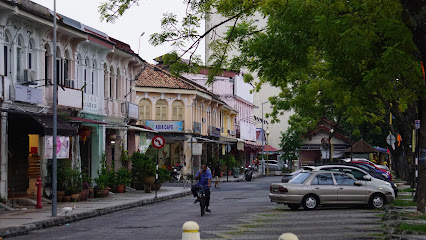
The House of Yeap Chor Ee
Explore the House of Yeap Chor Ee, a captivating heritage site in George Town, showcasing the rich Peranakan culture and stunning architectural beauty.
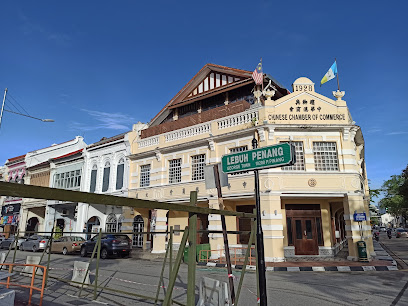
Street Art - Window Cat
Explore the enchanting 'Window Cat' street art in Georgetown, a playful representation of local artistry in the heart of Penang's vibrant culture.
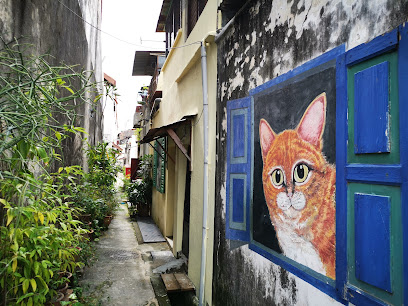
Lebuh Chulia street art
Discover the vibrant street art of Lebuh Chulia in George Town, Penang, where creativity meets culture in a breathtaking urban canvas.
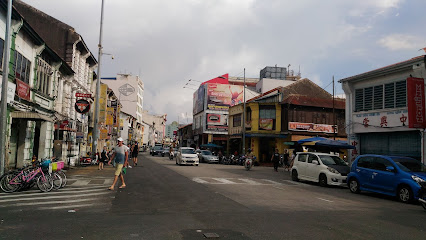
Penang Chinese Town Hall 1881
Explore the rich heritage of the Penang Chinese Town Hall, a historic landmark that celebrates the legacy of the Chinese community in Georgetown.
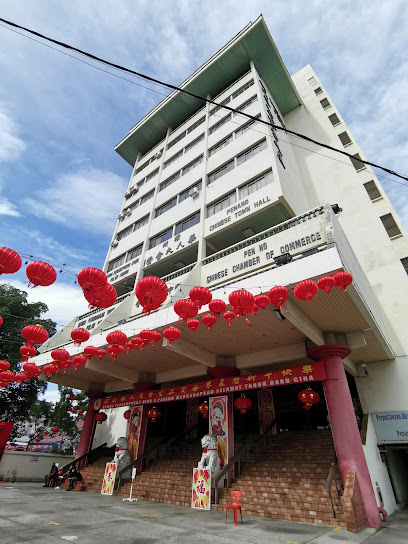
Slide Streetart
Explore Slide Streetart in George Town, Penang, where vibrant murals tell the story of local culture and creativity in an unforgettable outdoor gallery.
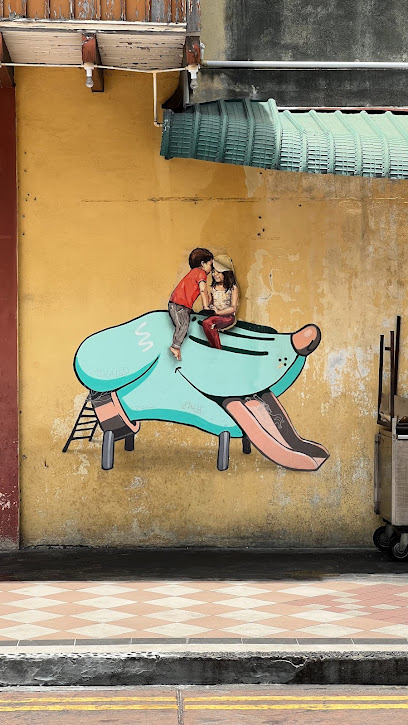
Pilgrims Sculpture
Discover the beauty and spirituality of the Pilgrims Sculpture in George Town, a significant cultural landmark celebrating the Haj pilgrimage.
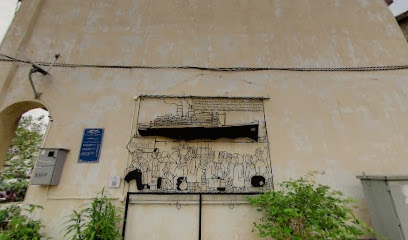
Old Lady And The Monkey mural
Experience the charm of George Town's Old Lady and the Monkey mural, a vibrant piece of art that embodies the spirit of Penang's rich cultural heritage.
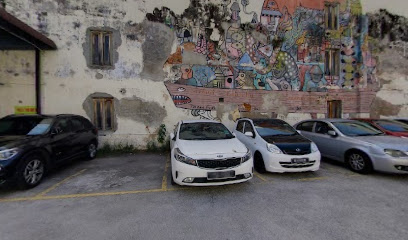
Street art
Explore the enchanting street art of George Town, Malaysia, where creativity meets culture in a UNESCO World Heritage Site.
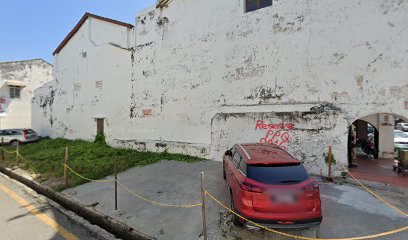
Essential places to dine
China House
Discover the perfect blend of art and gastronomy at China House in George Town - where every bite is an experience.

Tai Tong Restaurant
Discover authentic dim sum delights at Tai Tong Restaurant in George Town – a true taste of Penang's vibrant culinary scene.
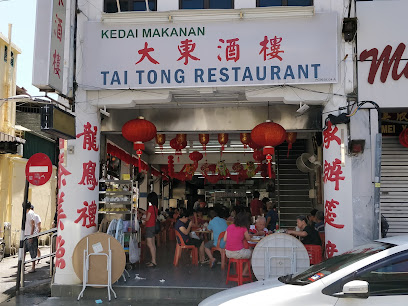
Teksen Restaurant
Experience authentic Chinese cuisine at Teksen Restaurant in George Town - a culinary gem blending tradition with local flavors.
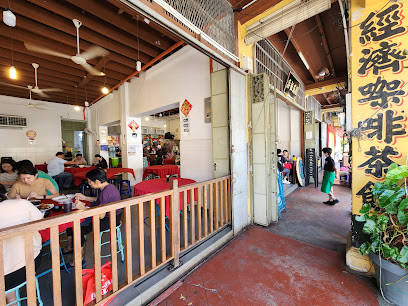
Maple Palace Chinese Restaurant
Discover exquisite dim sum and authentic Chinese cuisine at Maple Palace, an elegant fine dining experience in George Town.
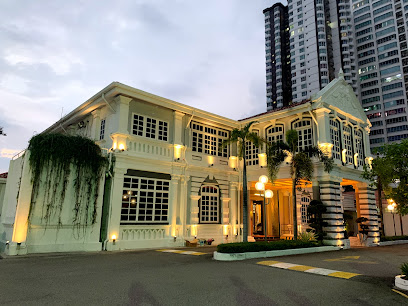
Foong Wei Heong Restaurant
Experience authentic Chinese cuisine at Foong Wei Heong Restaurant in George Town – a culinary delight for every food lover.
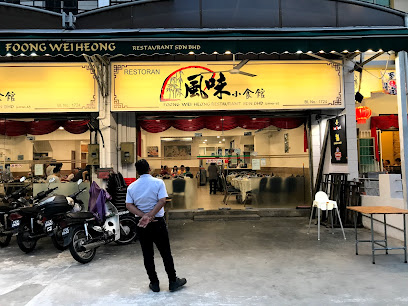
Il Bacaro
Discover authentic Italian flavors at Il Bacaro in Georgetown, where every dish tells a story of culinary tradition and passion.
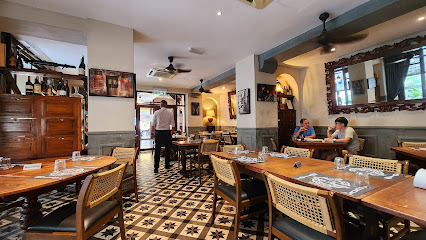
Sin Nam Huat Chicken Rice
Experience authentic Penang chicken rice at Sin Nam Huat - a culinary treasure in George Town.
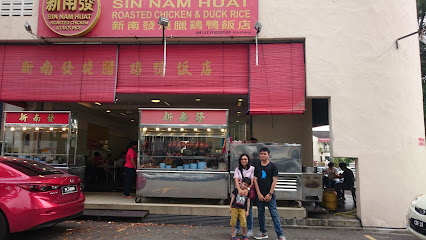
Hainantown @ Yeng Keng Nyonya Restaurant
Discover authentic Nyonya cuisine at Hainantown @ Yeng Keng Nyonya Restaurant in Georgetown – where every dish tells a story.
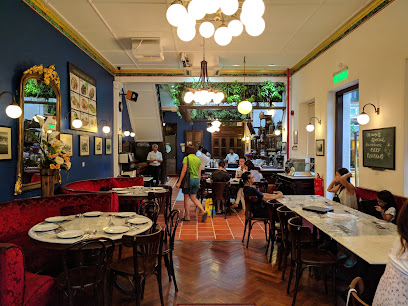
L Kitchen 李月香粥面饭
Experience the rich flavors of Asian Fusion at L Kitchen 李月香粥面饭 in George Town – where tradition meets modernity in every dish.
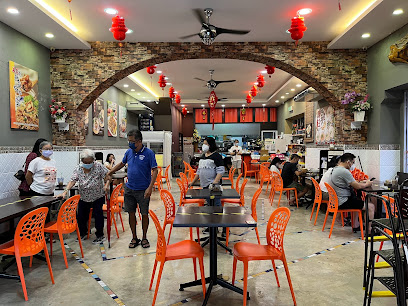
Restoran Old House
Discover authentic Malaysian flavors at Restoran Old House in Georgetown – where tradition meets taste in every dish.
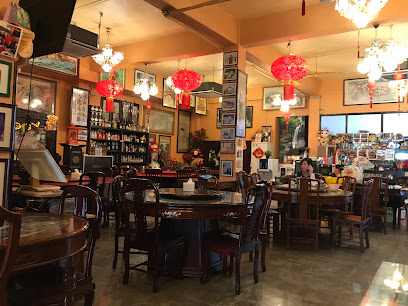
Markets, malls and hidden boutiques
P.66
Discover P.66, a unique gift shop and café in George Town, offering local treasures and delightful refreshments for tourists.
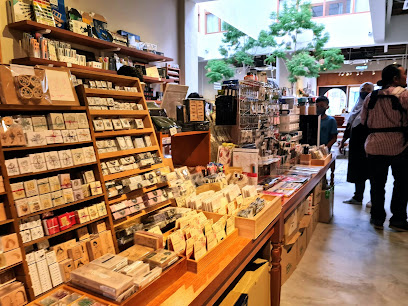
Sixth Sense
Explore Sixth Sense, a unique clothing store in George Town, offering stylish fashion and local flair for every traveler.
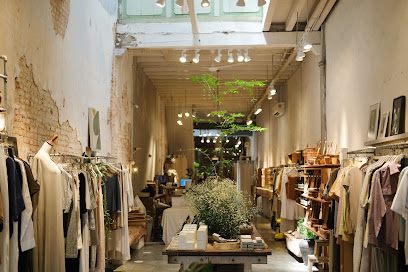
Shop Howard
Explore the artistic flair of Penang at Shop Howard, where unique souvenirs meet local artistry in the heart of George Town.
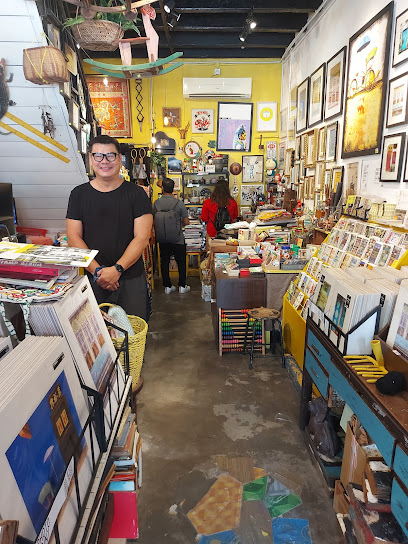
China Town Fashion
Discover the cultural essence of Penang at China Town Fashion, where traditional and modern styles meet in a vibrant shopping experience.
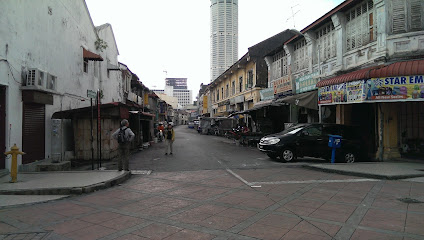
CHIU KANG DIAM
Explore Chiu Kang Diam, a charming souvenir store in Georgetown, Penang, filled with unique handcrafted treasures and local artistry.
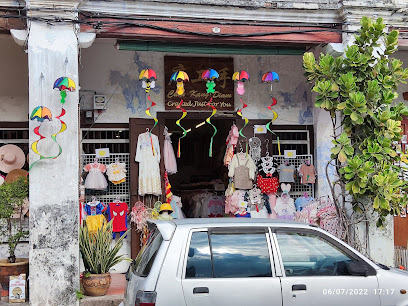
TAI KEH HO TRADING 大家好
Explore TAI KEH HO TRADING in George Town for unique souvenirs that embody the spirit of Penang's rich culture and heritage.
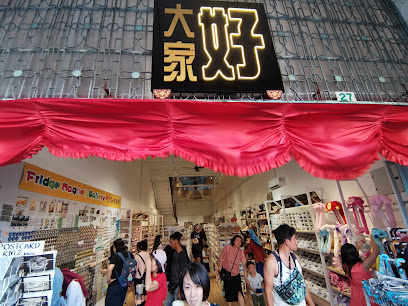
林記怀旧博物小馆 Lim Kee Old Collection Shop
Explore a treasure trove of antiques and unique souvenirs at Lim Kee Old Collection Shop in Georgetown, a cultural gem in Penang.
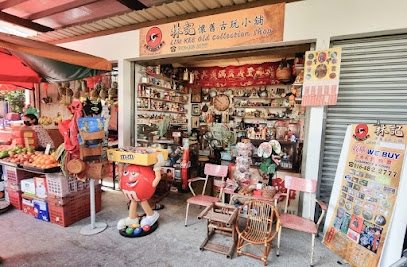
Penang Nyonya Culture 槟城娘惹文化店铺
Explore the vibrant Nyonya culture in George Town with traditional attire and unique souvenirs at Penang Nyonya Culture, your cultural gateway.
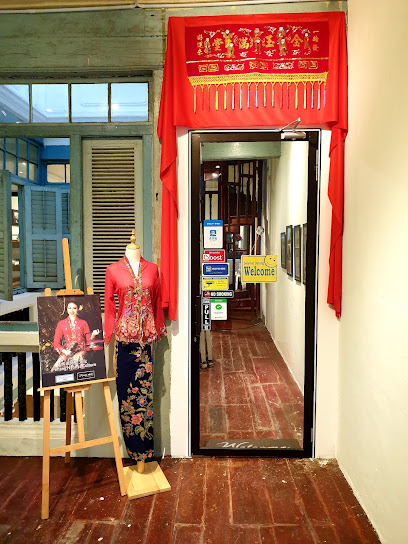
Chin Giap Hang Sdn. Bhd.
Explore the charm of Penang through unique souvenirs at Chin Giap Hang Sdn. Bhd., a must-visit gift shop in George Town.

China Handicraft
Explore the timeless charm of China Handicraft, Georgetown's premier antique store, showcasing exquisite artifacts and rich cultural heritage.

Essential bars & hidden hideouts
The Pokok - All Day Bar
Experience the vibrant nightlife of Penang at The Pokok, an all-day bar that serves delicious food and drinks in a lively setting.
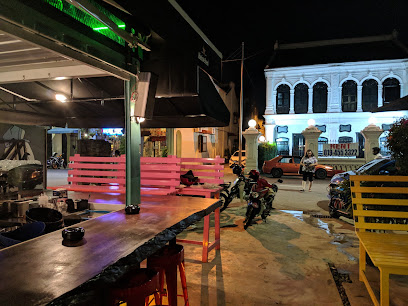
Manchu Bar 满族酒吧
Discover the enchanting atmosphere of Manchu Bar in George Town, where cultural elegance meets vibrant nightlife in a unique Chinese-themed setting.
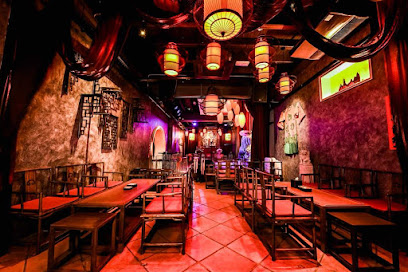
Hidden Bar
Experience the unique charm of Hidden Bar in George Town, where creative cocktails and chic ambiance await in a speakeasy setting.
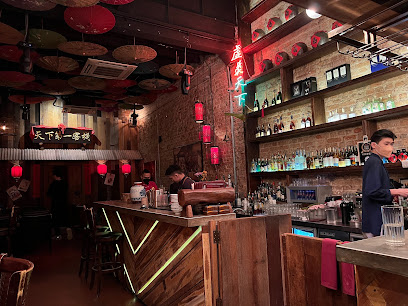
The 12 Senses
Discover the vibrant nightlife of George Town at The 12 Senses, a bar offering signature cocktails and a unique atmosphere for travelers.
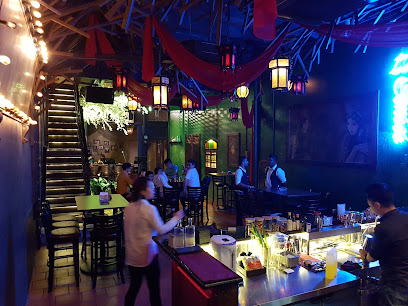
Cocktails & Shots
Discover the vibrant nightlife of George Town at Cocktails & Shots, where creative cocktails and a lively atmosphere await.
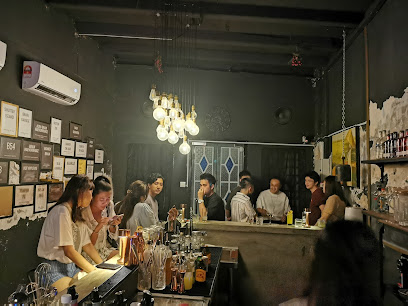
Stag Bar | 大鹿酒吧
Experience the vibrant nightlife of Penang at Stag Bar, where great drinks and lively ambiance meet in a stylish setting.
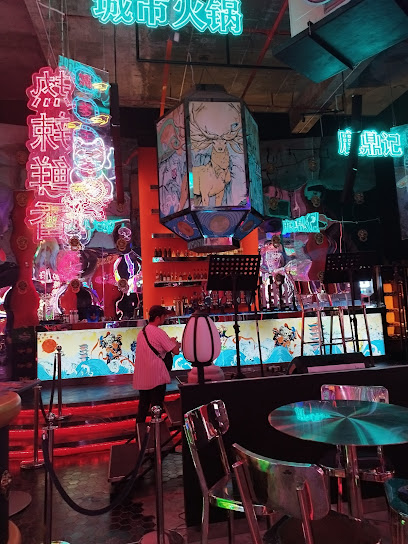
Hong Kong Bar
Discover the lively nightlife of George Town at Hong Kong Bar, a vibrant spot for cocktails and local brews in Penang.
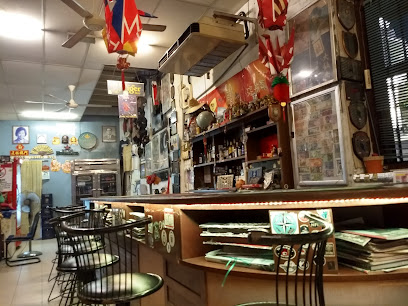
The Tipsy Cow
Discover the vibrant atmosphere and unique cocktails at The Tipsy Cow, a lively bar in the heart of George Town, Penang.
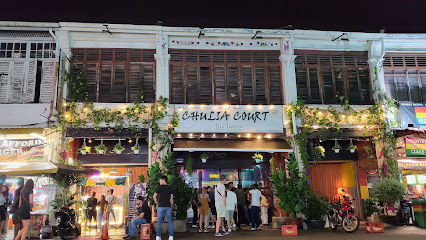
64 CHINA STREET . BAR & KITCHEN
Discover the lively ambiance of 64 China Street Bar & Kitchen in George Town, where delicious food meets an extensive drink selection for the ultimate relaxation.
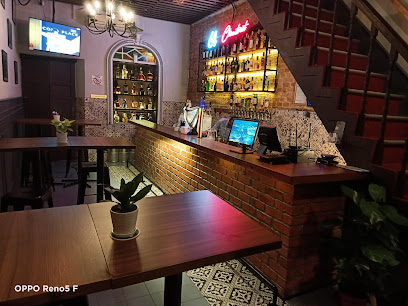
YAKINIKU
Discover an authentic Japanese barbecue experience at Yakiniku in George Town, where grilling meets vibrant nightlife.

Local Phrases
-
- Hello你好
[Nǐ hǎo] - Goodbye再见
[Zàijiàn] - Yes是的
[Shì de] - No不
[Bù] - Please/You're welcome请
[Qǐng] - Thank you谢谢
[Xièxiè] - Excuse me/Sorry对不起
[Duìbùqǐ] - How are you?你好吗?
[Nǐ hǎo ma?] - Fine. And you?很好。你呢?
[Hěn hǎo. Nǐ ne?] - Do you speak English?你会说英语吗?
[Nǐ huì shuō yīngyǔ ma?] - I don't understand我不明白
[Wǒ bù míngbái]
- Hello你好
-
- I'd like to see the menu, please请给我看菜单
[Qǐng gěi wǒ kàn càidān] - I don't eat meat我不吃肉
[Wǒ bù chī ròu] - Cheers!干杯!
[Gānbēi!] - I would like to pay, please请付款
[Qǐng fùkuǎn]
- I'd like to see the menu, please请给我看菜单
-
- Help!救命!
[Jiùmìng!] - Go away!走开!
[Zǒu kāi!] - Call the Police!报警!
[Bàojǐng!] - Call a doctor!叫医生!
[Jiào yīshēng!] - I'm lost我迷路了
[Wǒ mílùle] - I'm ill我生病了
[Wǒ shēngbìngle]
- Help!救命!
-
- I'd like to buy...我想买...
[Wǒ xiǎng mǎi...] - I'm just looking我只是看看
[Wǒ zhǐ shì kànkan] - How much is it?多少钱?
[Duōshǎo qián?] - That's too expensive太贵了
[Tài guìle] - Can you lower the price?可以便宜点吗?
[Kěyǐ piányi diǎn ma?]
- I'd like to buy...我想买...
-
- What time is it?现在几点?
[Xiànzài jǐ diǎn?] - It's one o'clock一点钟
[Yī diǎn zhōng] - Half past (10)十点半
[Shí diǎn bàn] - Morning早上
[Zǎoshang] - Afternoon下午
[Xiàwǔ] - Evening晚上
[Wǎnshang] - Yesterday昨天
[Zuótiān] - Today今天
[Jīntiān] - Tomorrow明天
[Míngtiān] - 1一
[Yī] - 2二
[Èr] - 3三
[Sān] - 4四
[Sì] - 5五
[Wǔ] - 6六
[Liù] - 7七
[Qī] - 8八
[Bā] - 9九
[Jiǔ] - 10十
[Shí]
- What time is it?现在几点?
-
- Where's a/the...?这里有...
[Zhèlǐ yǒu...] - What's the address?地址是什么?
[Dìzhǐ shì shénme?] - Can you show me (on the map)?你能给我看地图吗?
[Nǐ néng gěi wǒ kàn dìtú ma?] - When's the next (bus)?下一班车是什么时候?
[Xià yī bān chē shì shénme shíhòu?] - A ticket (to ....)一张票(去...)
[Yī zhāng piào (qù...)]
- Where's a/the...?这里有...
History of Chinatown
-
Chinatown in George Town, Malaysia, traces its roots back to the late 18th century when the British established George Town as a trading port. The influx of Chinese immigrants, primarily Hokkien, Cantonese, and Teochew, led to the establishment of a vibrant community. These immigrants sought new opportunities and contributed to the economic development of the region, bringing with them their customs, food, and trade practices.
-
In the 19th century, George Town's Chinatown became a hub for the opium trade, which was a significant part of the economy. The Chinese migrants were often involved in this industry, leading to both prosperity and social issues such as addiction. This duality influenced the community's dynamics, giving rise to both wealth and social strife, which shaped the cultural landscape of Chinatown.
-
Chinatown is home to several historic temples, such as the Kuan Yin Temple and the Hock Teik Cheng Sin Temple, which reflect the rich spiritual life of the Chinese community. These temples serve not only as places of worship but also as cultural centers where festivals like Chinese New Year and the Hungry Ghost Festival are celebrated with traditional fervor, showcasing the vibrant heritage of the community.
-
During the Japanese occupation of Malaya from 1941 to 1945, Chinatown faced significant hardships. Many residents suffered from oppression and economic strife. However, the community demonstrated resilience, preserving their cultural identity through secret gatherings and continued practice of their traditions, which helped maintain a sense of unity and strength during these trying times.
-
In 2008, George Town was designated a UNESCO World Heritage Site, recognizing its historical and cultural significance. This status has led to increased efforts to conserve the unique architecture and cultural practices in Chinatown. The neighborhood has become a focal point for cultural tourism, attracting visitors interested in its rich history, diverse food offerings, and vibrant street art that narrate the stories of its past.
Chinatown Essentials
-
Chinatown in George Town is easily accessible from various neighborhoods. If you are coming from Little India, it’s a short 10-15 minute walk. From Fort Cornwallis, you can take a local bus (Rapid Penang) to the nearby bus terminal, or opt for a 20-minute walk. Taxis and ride-sharing services like Grab are also readily available throughout George Town, providing a convenient option for reaching Chinatown directly.
-
Chinatown is compact and best explored on foot, allowing you to appreciate its vibrant streets and heritage buildings. You can also rent a bicycle from local shops or use the Penang bike-sharing service, which has stations throughout the area. Public buses operate regularly, but their routes may not cover all local attractions. Taxis and Grab services are recommended for destinations outside the immediate area.
-
Chinatown is generally safe for tourists, but as with any popular tourist area, petty crime can occur. Be cautious of pickpockets, especially in crowded markets and during festivals. Avoid poorly lit streets at night, particularly around the rear alleys. While there are no specific high-crime areas targeting tourists, remain vigilant and keep your belongings secure.
-
In case of an emergency, dial 999 for police assistance or ambulance services in Malaysia. The nearest hospital to Chinatown is Penang Hospital, located a short drive away. It’s advisable to have travel insurance that covers medical emergencies. For minor health issues, pharmacies are available throughout Chinatown, offering basic medications and supplies.
-
Fashion: Do dress modestly, especially when visiting temples. Avoid overly revealing clothing. Religion: Do respect local customs and traditions; remove your shoes when entering places of worship. Public Transport: Do give priority seating to the elderly and disabled. Don't engage in loud conversations on public transport. Greetings: Do greet with a friendly smile and a nod. Avoid physical contact unless initiated by the other person. Eating & Drinking: Do try the local street food and accept offerings with gratitude. Don't eat in sacred places or litter in public areas.
-
To experience Chinatown like a local, visit the bustling morning market on Campbell Street for fresh produce and local snacks. Try to learn a few basic phrases in Mandarin or Hokkien to engage with locals. For a unique experience, explore the hidden alleys for street art and local cafes. Enjoy a traditional Chinese tea ceremony at one of the tea houses and don’t miss the vibrant night markets that offer an array of food and cultural experiences.
Nearby Cities to Chinatown
-
Things To Do in Penang
-
Things To Do in Langkawi
-
Things To Do in Ipoh
-
Things To Do in Satun
-
Things To Do in Cameron Highlands
-
Things To Do in Kota Bharu
-
Things To Do in Trang
-
Things To Do in Medan
-
Things To Do in Kuala Lumpur
-
Things To Do in Kuala Terengganu
-
Things To Do in Krabi
-
Things To Do in Nakhon Si Thammarat
-
Things To Do in Phuket
-
Things To Do in Kuantan
-
Things To Do in Malacca











